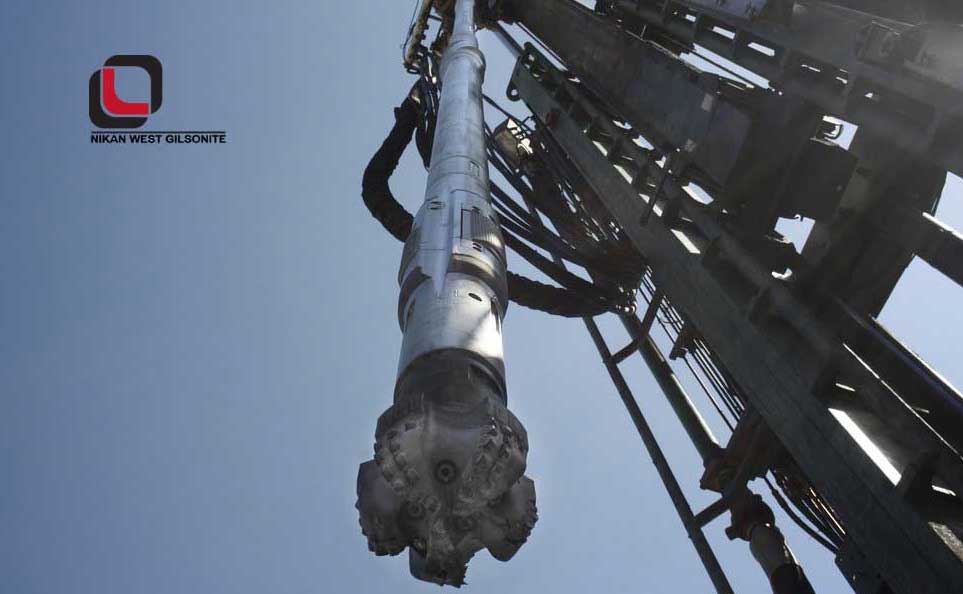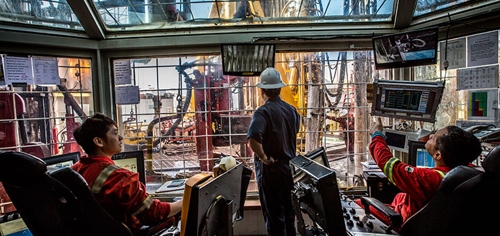Drilling operations disposal in oilfields is among the things that can cause irreparable damage to the environment if improperly managed. However, under the principles of sustainable development, controlling and maintaining environmental health is of paramount importance for future generations. In oilfields, for many reasons, well drilling is necessary to investigate the existence of hydrocarbons at different levels of the earth; in order to maintain optimum production levels, drilling of many wells is inevitable.
On the one hand, the use of drilling mud and its residual disposal, which includes the mud itself and the chips removed by it, can endanger the cleanliness and health of the environment and its creatures in case they are released to the environment. For this reason, along with the engineering principles of well drilling, specific standards and procedures have been developed to help minimize the environmental damage of the operation. A brief review of these standards and practices is provided in this article.
Disposal management in drilling operations
Generally, disposal management of drilling operations can be divided into two main modern and modern methods. Common methods are those that are currently considered and used. Modern methods, in contrast, are methods that have not been used for many reasons.

Common methods are divided into two general methods: open circuit system and closed-circuit system. In the open circuit system, a well is being dug alongside the drilling rig to bury the waste. This pit is called the technical pit of the storage pit. The cement caused by cementing, water, drilling fluids and chips are drained into the pit.
The purpose of this is to control disposal at a finite point. However, the same amount is not enough and more arrangements are being made to control this method. Primarily, methods are used to dry the waste in the pit faster. For this purpose, it is recommended to use flocculants such as iron salt and lime. In more advanced conditions, the use of clotting agents such as polyelectrolyte also helps fill and dry the pit, and can even be used in agricultural land. In the end, of course, many environmental requirements have been ignored.
closed-circuit system
In contrast to the open circuit system, there is also another system called the closed-circuit system. Simply, the waste outlet from the well is treated in the same location. Dry waste, which often contains chips from the well, is then removed from the drilling site. The separated fluid is also reused as drilling mud.
Overall, the closed-circuit method is much more compatible with environmental requirements than the open circuit method, but being expensive is a challenge that many drill rigs may encounter. A challenge that might be considered as a shortcoming for this approach.
In contrast to conventional methods, there are modern methods that have not yet been widely used in the oil and gas industry. One of these methods is to control the solid particles associated with the flower through sifting, forced settling, chemical coagulation and thinning processes, which can control the solid particles in light, heavy and oily flowers.
Zero Discharge is another method used for this purpose.
Although modern methods are more costly, they are more environmentally friendly and cover almost all the considerations required.


